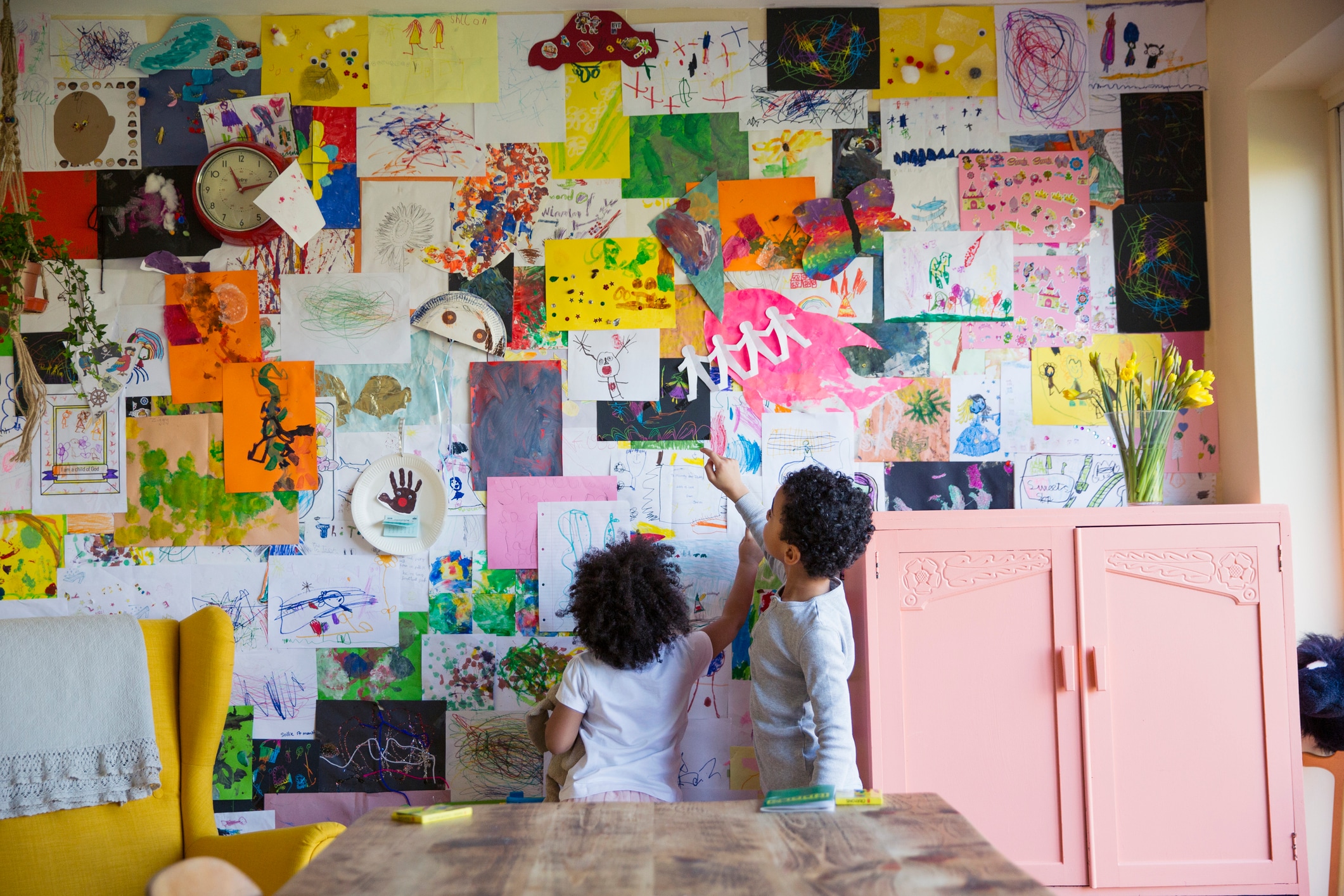If you want to introduce a child to poetry but aren’t sure where to start, classic poems are a fun way to engage them in literature. A poem is “classic” because of its timelessness, connecting with readers across decades and, in some cases, centuries. And don’t worry about the subject matter – there are plenty of poems for kids to relate to in every age group.
“Kids are very responsive to the playfulness of language,” says Katherine Litwin, the library director for the Poetry Foundation,” and these authors are masters of play, so they make a great first introduction to poetry.”
Poet Karen Craigo, a teaching artist at the Springfield Art Museum and English instructor at Drury University, says she likes poems “that can become part of a child’s permanent inner library. What a gift: to contribute to that storehouse of images that a child can come back to again and again for the rest of her life.”
“What a gift: to contribute to that storehouse of images that a child can come back to again and again for the rest of her life.”
— KAREN CRAIGO, POET
If you’re worried about the complexity of classic poems for children, don’t be. Litwin says kids “invariably gravitate toward the selection I imagine to be the most difficult. Children almost always know more than we think they know. They are very instinctual in their appreciation of poetry.”
Here are 16 famous poems for kids that can serve as the perfect introduction to poetry.
Poems for kindergartners
“I think a gentle introduction to poetry starts with rhyme and then looks at other forms of wordplay,” says Craigo.
1. “At the Zoo” by William Makepeace Thackeray
The unique joy of observing animals is embodied in this short piece.
2. “Hop on Pop” by Dr. Seuss
Kids may not think of Dr. Seuss as a poet, but Craigo says “starting with Dr. Seuss shows them that they can handle this stuff. They’ve had a thorough understanding of poetry since before they could speak!”
3. “I’d Love to Be a Fairy’s Child” by Robert Graves
This whimsical poem gives children a peek into the enchanting, carefree lives of fairies.
4. “Caterpillar” by Christina Rossetti
Rossetti captures the essence of a caterpillar’s life and rebirth as a butterfly.
“Children almost always know more than we think they know. They are very instinctual in their appreciation of poetry.”
— KATHERINE LITWIN, POETRY FOUNDATION LIBRARY DIRECTOR
Poems for 1st- and 2nd-graders
Kids love playful language and identifying with a poem’s theme, so give them something to which they can relate.
5. “Sick” by Shel Silverstein
Follow the dramatic thought progression of a child who just wants to stay home from school.
6. “Now We Are Six” by A.A. Milne
This thought-provoking poem discusses big ideas about growing up and wanting to stay young.
7. “Jabberwocky” by Lewis Carroll
According to Craigo, this poem “restores the power of language to a child” by showing them that it’s OK to play around with grammar rules.
8. “Rain” by Robert Louis Stevenson
Author Stevenson captures that perfect moment of falling rain.
Poems for 3rd- and 4th-graders
When choosing poems for kids in this age group, Litwin looks for “clarity of image, musicality of language and themes that we think will appeal to kids.”
9. “Fog” by Carl Sandburg
Sandburg’s poem resonates with Craigo because “the opening image is so evocative, and it does exactly what a metaphor should do by yoking two completely unlike things so that one interprets the other.”
10. “The Tyger” by William Blake
A joy to read aloud, “kids also enjoy imagining the movements of the tiger and drawing the way it appears in their minds,” says Litwin. Look for an edition that includes Blake’s etchings.
11. “A Child Said, What Is Grass?” by Walt Whitman
Try Craigo’s fun exercise: On index cards, have kids write their response to the question, “What is the grass?”
Read aloud their responses with Whitman’s answers, allowing kids to experience the poetic process.
12. “Afternoon on a Hill” by Edna St. Vincent Millay
Children are drawn into the delightful, freeing adventure in nature.
Poems for 5th-graders
Older kids may enjoy digging deeper into the history and customs that surround these poems.
“These works are referenced everywhere in our culture,” says Litwin. “So an understanding of them enhances our understanding of the world around us.”
13. “The Eagle” by Alfred, Lord Tennyson
Tennyson depicts a beautiful, melancholic moment in time.
14. “Dream Variations” by Langston Hughes
“A wonderful poem about loving and fully inhabiting the self,” says Craigo.
15. “A Bird Came Down the Walk” by Emily Dickinson
The final stanzas contain a breathtaking description of flying.
16. “La Belle Dame sans Merci” by John Keats
Says Litwin, “The imagery in ‘La Belle Dame sans Merci’ is very clear: Children, just like teenagers, love poems that are romantic and sad!”





